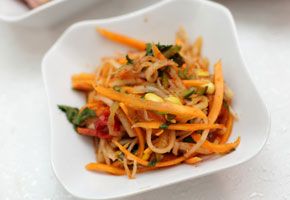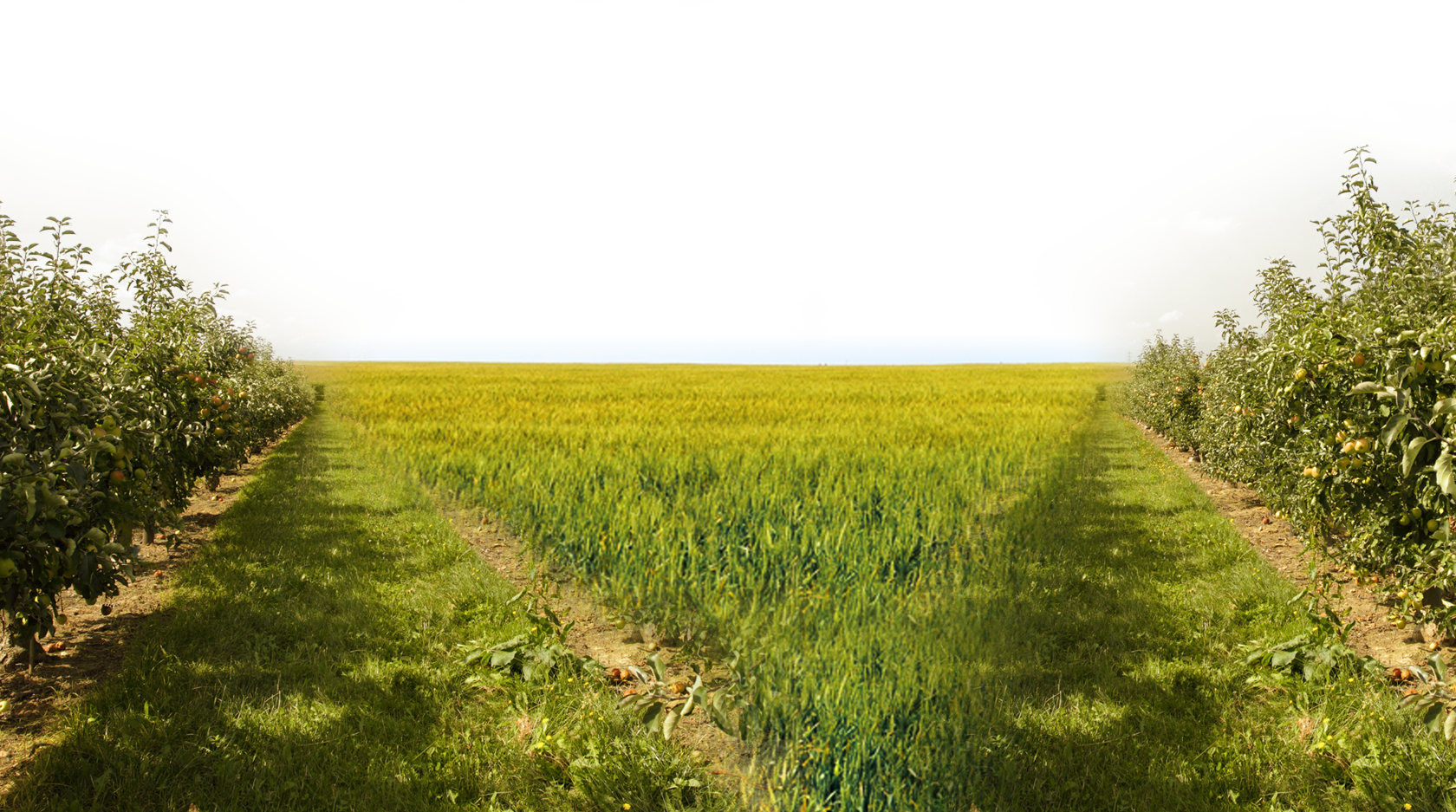
One of the world’s healthiest foods you’ve probably never heard of
By Linda Bonvie | 0 Comments | Posted 08/06/2014
Any food that is the favorite of an entire nation deserves a taste-see.
Such is the case with kimchee, a beloved Korean side dish, primarily served cold but also popular hot – as in heated or chili-peppered to the point of tears. On average, every Korean eats 40 pounds of kimchee annually.
Kimchee is made of fermented vegetables, most often “Chinese cabbage” (bok choy), or the similar, more lightly colored, napa cabbage. These cabbages are regularly combined with Asian radish (daikon), scallion and cucumbers, though assorted veggies are often the heart of many personal kimchee recipes. Spices include garlic, salt, vinegar, chili peppers, and a broad variety of other seasonings.
The base flavor of kimchee is best and most simply described as spicy sour. It is somewhat similar to pickled vegetables but adds a markedly unique flavor value to the veggies. Its flavor becomes far more complex as more exotic spices, fish juices, and various fermenting methods come into play.
In Korea, virtually every family has its own kimchee recipe, many dating back hundreds of years. And each one offers a taste that is discernable from others, affirming the astounding flavor range of this national dish.
Though depicted as undergoing fermentation, the “aging” of kimchee is akin to pickling. In a crunch, it can be done in a day’s time, meaning it can be quickly and easily made at home. In traditional kimchee-making, ingredients are buried in earthen containers for lengthy periods to maximize the fermentation process.
Kimchee’s spiciness ranges from mild – an Americanized version – to near off the mouth-burning charts. Homefront kimchee has surely done its part in elevating Korean cuisine to a “Hottest in Asia” rating.
Koreans overwhelmingly prefer the most highly spiced kimchee, made so with the hottest of chili peppers. That Korean taste preference offers what Americans might consider a dangerously high Scoville Scale reading, the system used to rate the pungency (heat) of spices, most often chili pepper. As noted, many kimchees are down-spiced to accommodate low-Scoville American palettes. What’s more, homemade kimchee allows a far greater control of hotness.
Kimchee’s simple and natural ingredients have garnered it a place among the world’s healthiest foods. As such, it is now gaining an international popularity. While numerous brands — and heat levels – can now be found in health food stores and groceries, the Internet abounds with fast and easy kimchee recipes.
And making your own kimchee might just be the best way to try this wonderful food first, and make it just as hot – or not – as you like.


 Contact us
Contact us



























